More Powah – iFi xCan Amplifier Review
All jokes connected to the xCan name were made already, so I went with something more organic this time around… iFi xCan is an Amplifier designed by iFi, which also features a Bluetooth Module, but which requires to be fed signal from an external DAC (basically receives a Line Out Signal from another device). With a Price Point of about 300 USD, the main competitors I will be comparing it to are iFi xDSD which is priced at 400 USD, FiiO M11, which is priced at 450 USD, and xDuoo XD-10, which is priced at 250 USD.
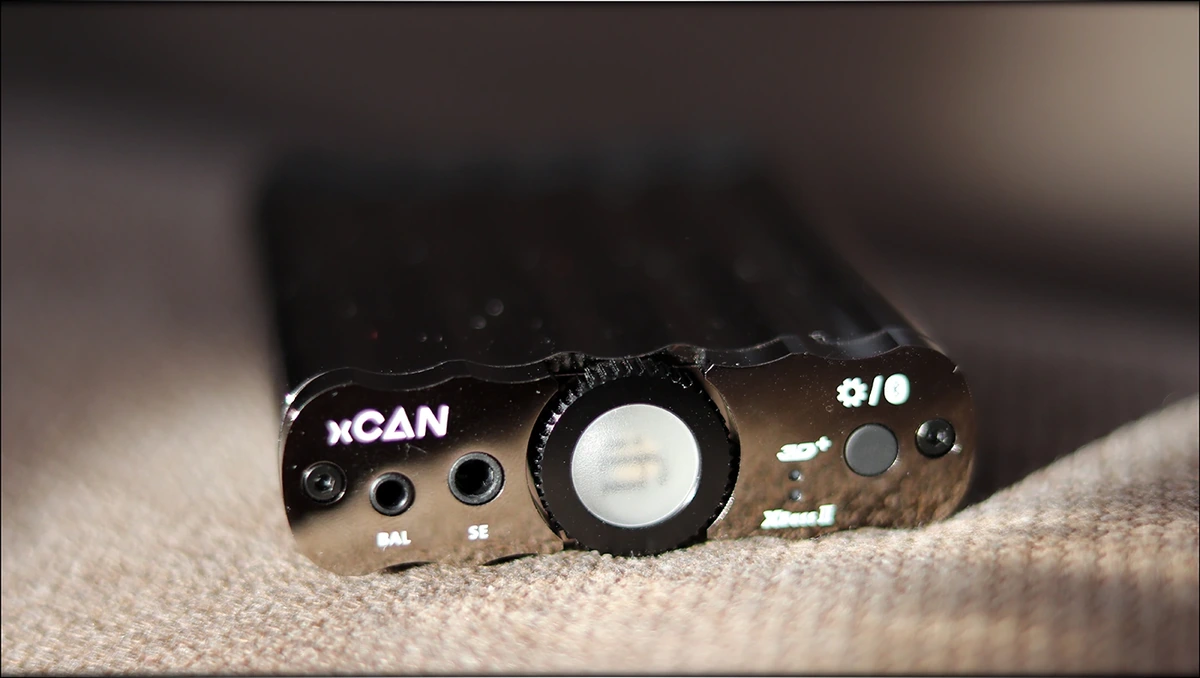
Introduction
iFi is a well known name with the music loving crowds, be it for their creativity, friendly image, or for their sometimes crazy products, like their power strips and signal cleaners. This being said, they are known to be reliable, they fix their products, even their older ones, and they are one of the companies you should never be afraid to purchase from, and instead, one of the companies I recommend the most if you need good support.
It should be noted that I have absolutely no affiliation with iFi, I am not receiving any incentive for this review or to sweeten things out. This review is not sponsored nor has been paid for by iFi or anyone else. I’d like to thank iFi for providing the sample for the review. This review reflects my personal experience with iFi xCan. Every opinion expressed is mine and I stand by it, the purpose of this review is to help those interested in iFi xCan find their next music companion.
Product Link
You can always get your iFi xDSD from www.amazon.com here: https://www.amazon.com/Portable-Headphone-Amplifier-Bluetooth-Connectors/dp/B07FTFZ8WF/
Packaging
First things first, let’s get the packaging out of the way:
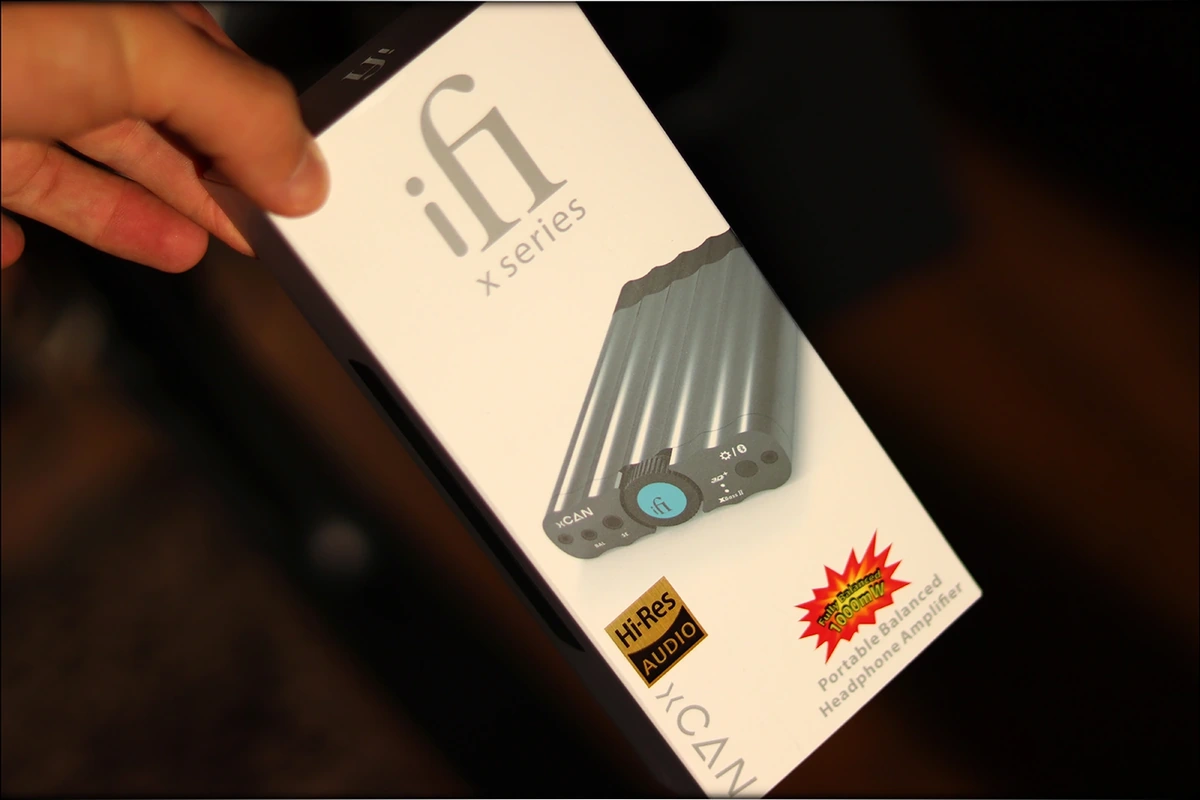
I don’t even know why I still write something here, since pics are usually self-explanatory, and unless the product is a flagship, I think I’ll just reduce the length of the parts of the review that really aren’t necessary. Well, now to judge xCan, iFi was pretty forward-thinking and included a few things with it, things which I forgot to take a photo of actually, making me a bit of a klutz.
The package includes
A carrying pouch
Velcro attachment strips
3.5 mm male-to-male AUX cable
2.5 mm male-to-male balanced AUX cable
1 Usb-C charging cable
The package is complete enough for any needs, and I don’t think there’s anything I could say is missing and which I would require.
What to look in when purchasing a high-end DAC/AMP
https://www.audiophile-heaven.com/p/what-to-lookl.html
Technical Specifications
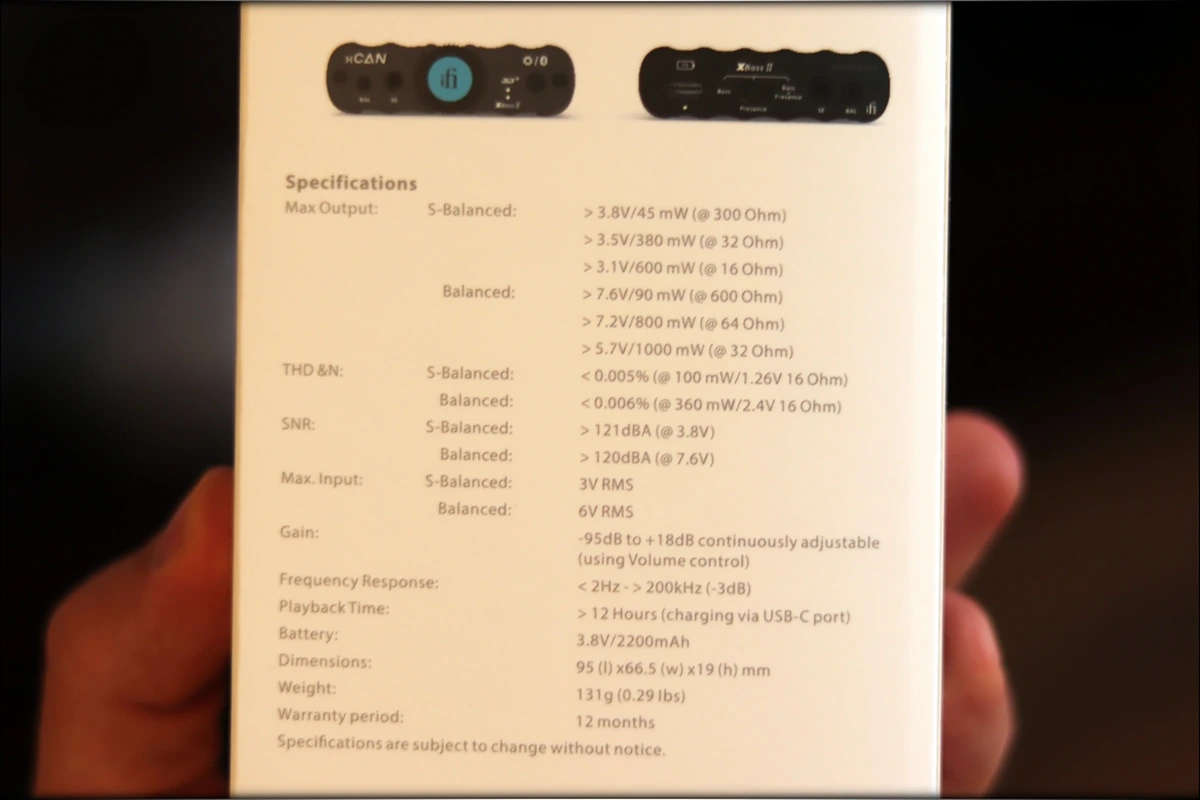
Build Quality/Aesthetics/UI/Firmware
At first glance, the build quality and design, Aesthetics and everything makes it really hard to tell the new xCan apart from the xDSD, and well, that is true. They have pretty much the same chassis, and I would expect both to be plagued by the same issues, like some people reporting that xDSD is prone to fingerprints.
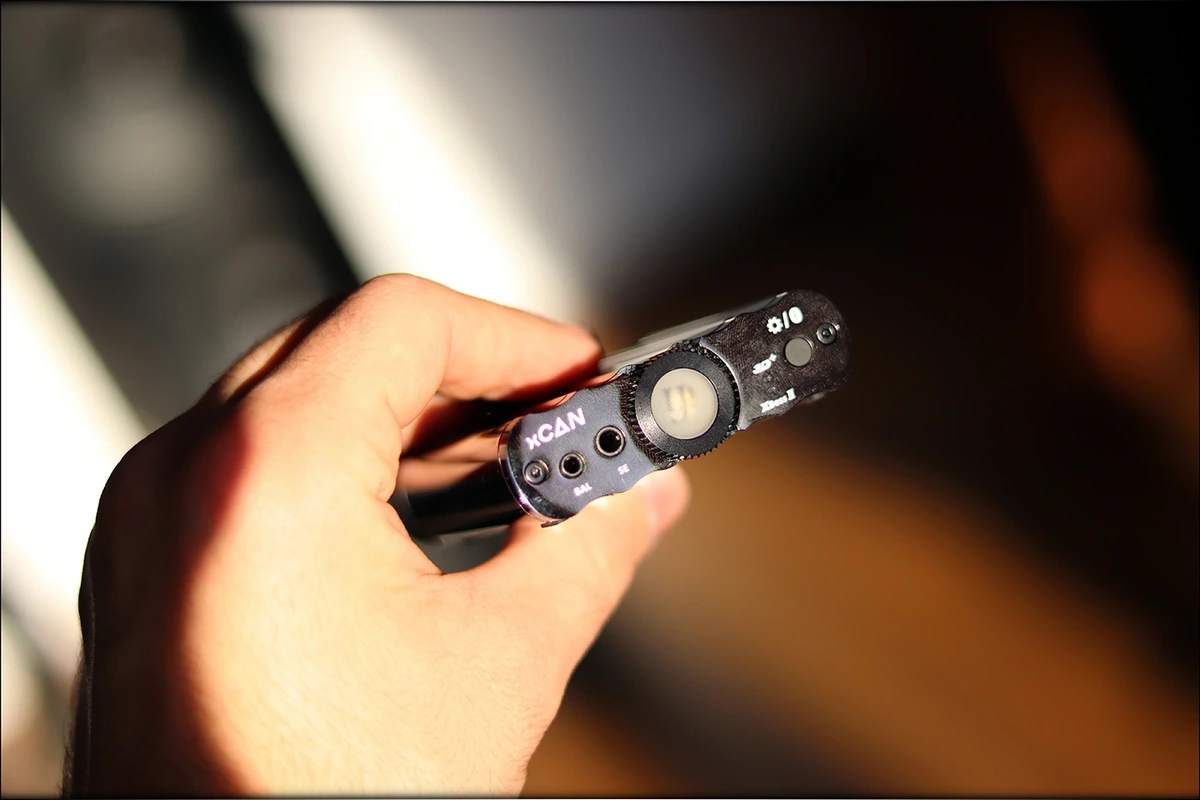
The new parts and the improvements over xDSD can be found in the amplification stage of the xCan, where it has quite a different approach than the bigger brother.
Now, if I was to call the issues here, the xCan actually has a DAC chip inside, but it is meant to decode only the signal from the Bluetooth receiver, basically meaning that you can’t feed it digital signal, even though in theory it has the necessary parts for it. While I like the addition of bluetooth to what would otherwise be a very traditional Analogue Amplifier, I do think that adding a digital input would have been a good idea, even though it would have crossed the road into xDSD’s design.
Where xDSD could deliver a 500 mW into a 16 OHM load, xCan can deliver a 600mW into a 32 OHM load, in unbalanced mode. If you dare to use the balanced output, you’ll even see a full watt into a 32 OHM load, making xCan one of the strongest portables, and considerably stronger than most DAPs available today, especially those in the 300 USD – 500 USD price range.
There is a Balanced input, in case you have a source with a Balanced Line Out, so you have full Balanced Amplification stage. This being said, the availability of anything with a Balanced Line Out is really scarce at this moment.
The 3D+ and the x-Bass features from the other iFi products are also implemented in the xCan, and since I tend to use both usually, I am happy iFi still includes those, each works really well with certain headphones or IEMs. For example, with Sundara, I engage the x-Bass almost always, while with Verum One I engage the 3D+ often.
The x-Bass II thingy offers three settings, one for Bass, one for Presence and one for Bass + Presence. What those are, is basically, one gives you real bass, 80 Hz and lower, and that is the bass. The presence gives you a thicker sound, and generally enhances the 80 Hz – 250 Hz area, making the sound warmer and thicker. The Bass + Presence increases both.
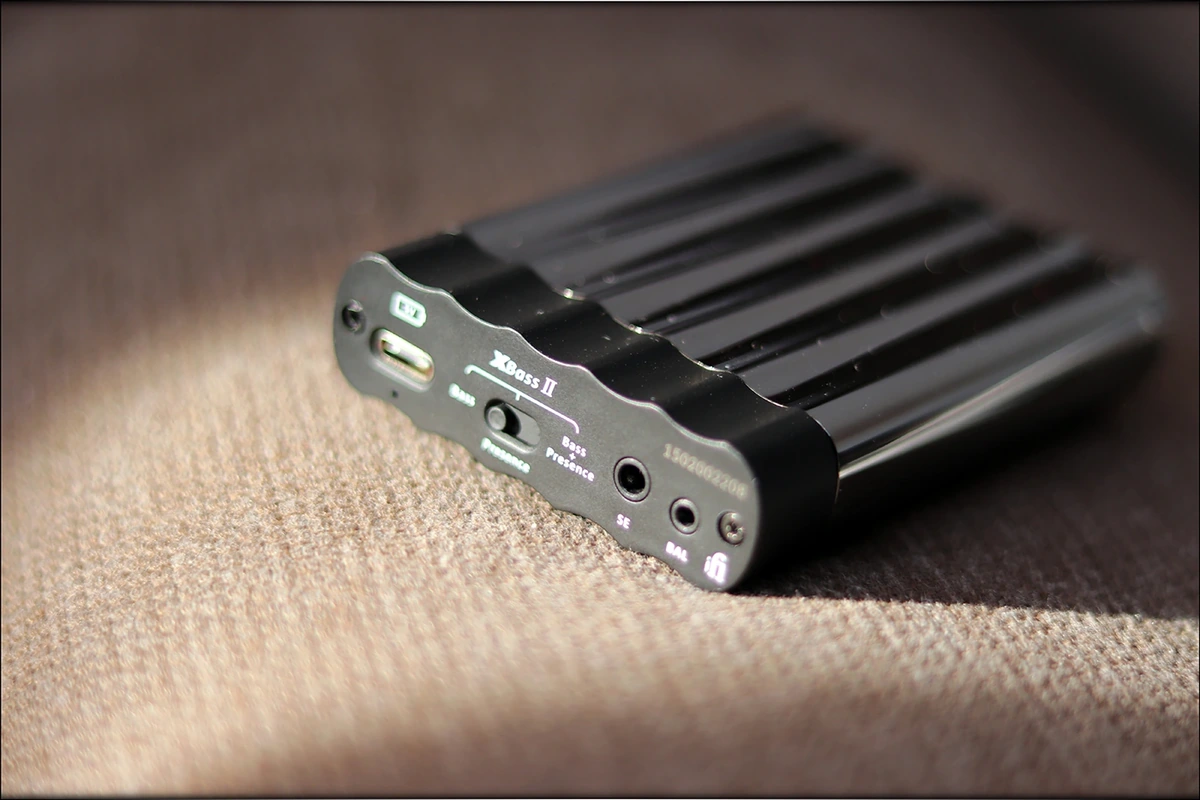
The addition of a Type-C charging port is pretty nice, and the battery life of the xCan is about 18 hours on wired mode and 12 on wireless, as quoted by iFi. Those are for when using the unit at about 50% volume and with pretty power-efficient IEMs, as I would say that the 12 Hours on wireless is okay for IEMs, but when using it wired with something like Sundara, and at high volumes, you would get closer to 10 hours of battery life. I used the xCan considerably more in wired mode than in bluetooth mode, because the sound quality is considerably better with metal music, and bluetooth, although it offers APT-X, you can still hear the bluetooth compression if you know where to look, meaning that unless you need to go bluetooth, going wired will sound better.
Fun thing about its battery though, is that you can leave it always on, as a desktop AMP, and it won’t degrade the battery life quite that fast because iFi imbues their products with a battery protection feature that prolongs the battery life regardless of the usage scenario.
All in all, the xCan is a feature-rich unit with tons of bells and whistles, and not exactly a typical Analogue Amplifier, but instead something a bit more interesting.
Sound Quality
The sound quality of the xCan is very similar to the xDSD, although superior and an improvement in most ways. The first thing you notice is that it is more quiet with hissy and very sensitive IEMs, and that you can describe the xCan as a pretty neutral-ish sounding AMP, with a pretty tight and punchy bottom end, a clear top end with better extension than all of the BL line DAC/AMPs, with a rich and organic midrange, and with a good amount of dynamics. For this review, I have used iBasso DX220 and X7mkii as DACs, si their Line Outs, and I have used Single Ended modes only to be able to make fair comparisons and assessments against other products that do not have a balanced mode (most of the direct competitors not having a Balanced Output).
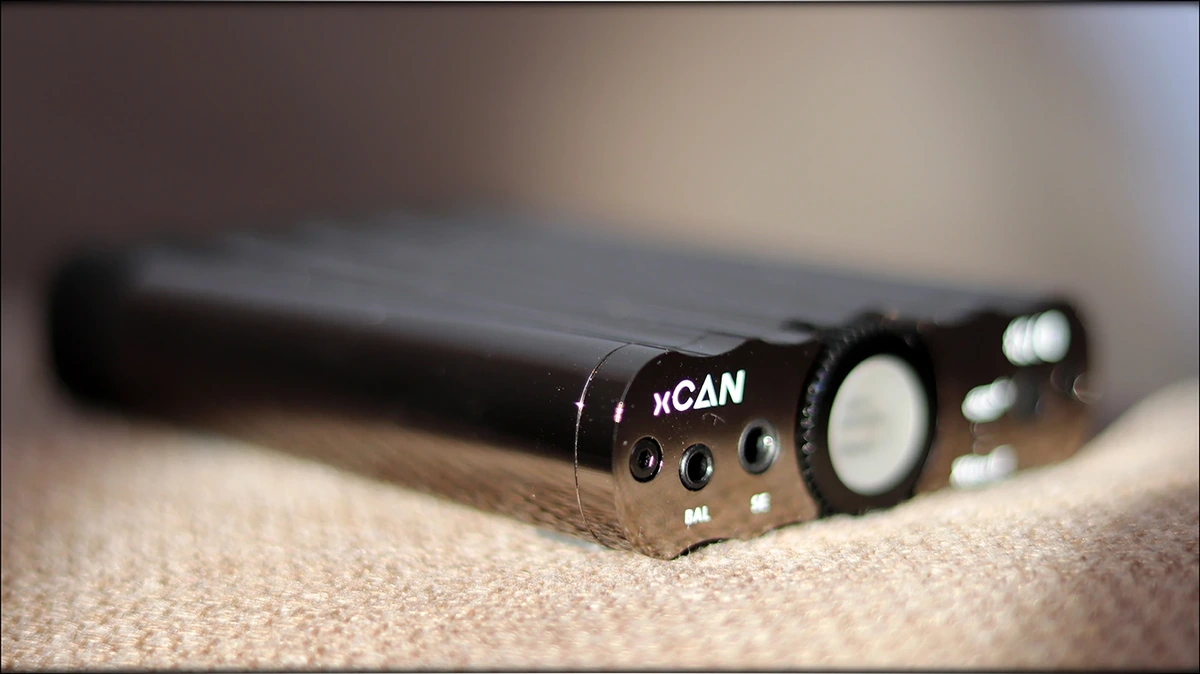
The bass is considerably more tight and punchy than iFi Nano Black Label, for example, and although the iNano BL is more warm, the definition and punch itself, as well as the general low reach is better on the xCan. Engaging the xBass feature will slow down the bass a bit, but provides larger body and a warmer sound, meaning that you can use more bright and sparkly sounding headphones / IEMs without having to worry about a dry or too flat sound.
In the midrange you can hear an organic tilt, as the voices are slightly forward, and engaging the xBass feature only may be a poor idea, as it may dull and thicken the sound a bit much, compared to engaging both the xbass and the 3D features at the same time, which although will push the midrange in the background a bit, will contrast everything better. If you like a more mid-focused approach, engaging neither of the 3D or the xBass features is your best bet.
The treble tends to be pretty sparkly already, but if that wasn’t enough, you can always engage the 3D sound thingy and you’ll get a wider soundstage with a more forward treble, so a more sparkly overall sound. This is a pleasing addition to my ears, and I almost always keep both the 3D sound thingy and the XBass turned on, as a more V-shaped sound has better contrast and is more impressive, which works quite well with metal and rock music, but also with Vocaloid and J-Rock / J-Pop.
Overall, another impressive feature of xCan was that it was able to drive the HIFIMAN Arya, which is a fairly strong headphone, and did so pretty effortlessly. The dynamics were top notch, and so is the overall definition and details, making xCan a pretty strong portable, and desktop AMP.
Potable Usage
Now, here’s a place where I don’t think xCan is quite excellent. Most DAC/AMP units have an explanation why you’d want to take them portably, but with xCan, you need to have a pretty potent DAP to have a good DAC signal to feed it, and want to use it portably, and using an all-iFi setup portably is a pretty poor idea, since you really don’t want to stack xDSD and xCan and a transport, portably.
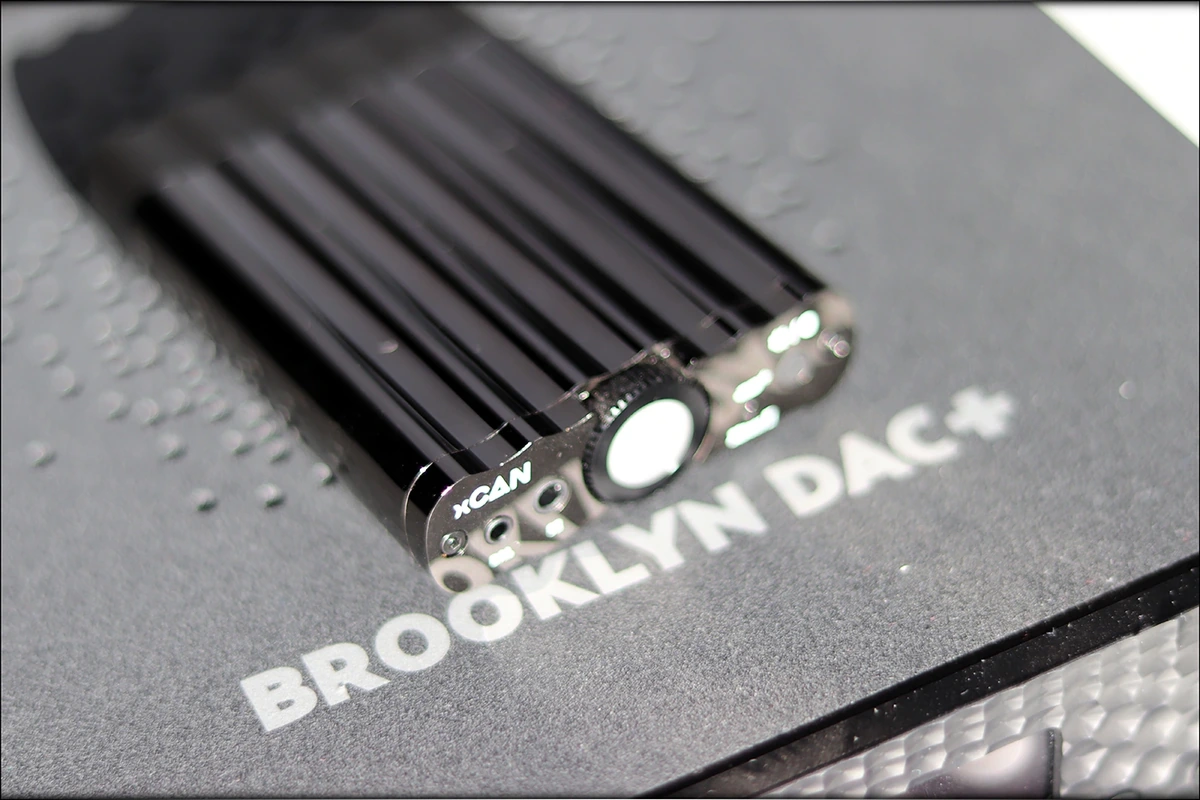
Furthermore, the input is on the back, while the output is on the front, meaning that you need to clear both sides of the unit to pocket it. This makes xCan more transportable than a true portable AMP unit.
The bright side though, is that if you’re content with the sonic quality of the Bluetooth connection, you won’t have issues using xCan portably, and you can even hide it in a pocket or backpack, the bluetooth connection is rock solid, and you don’t have to worry about dropped signal and such. Plus, the battery life is quite long like this as well, unless you’re driving hard-to-drive headphones, which I assume most people won’t do portably.
Comparisons
There are lots of products that should be compared to xDSD in terms of ability, but for today, iFi xDSD (400 USD), xDuuo XD10 Poke (250 USD), and FiiO M9 (450 USD) will be today’s enemies for iFi xCan
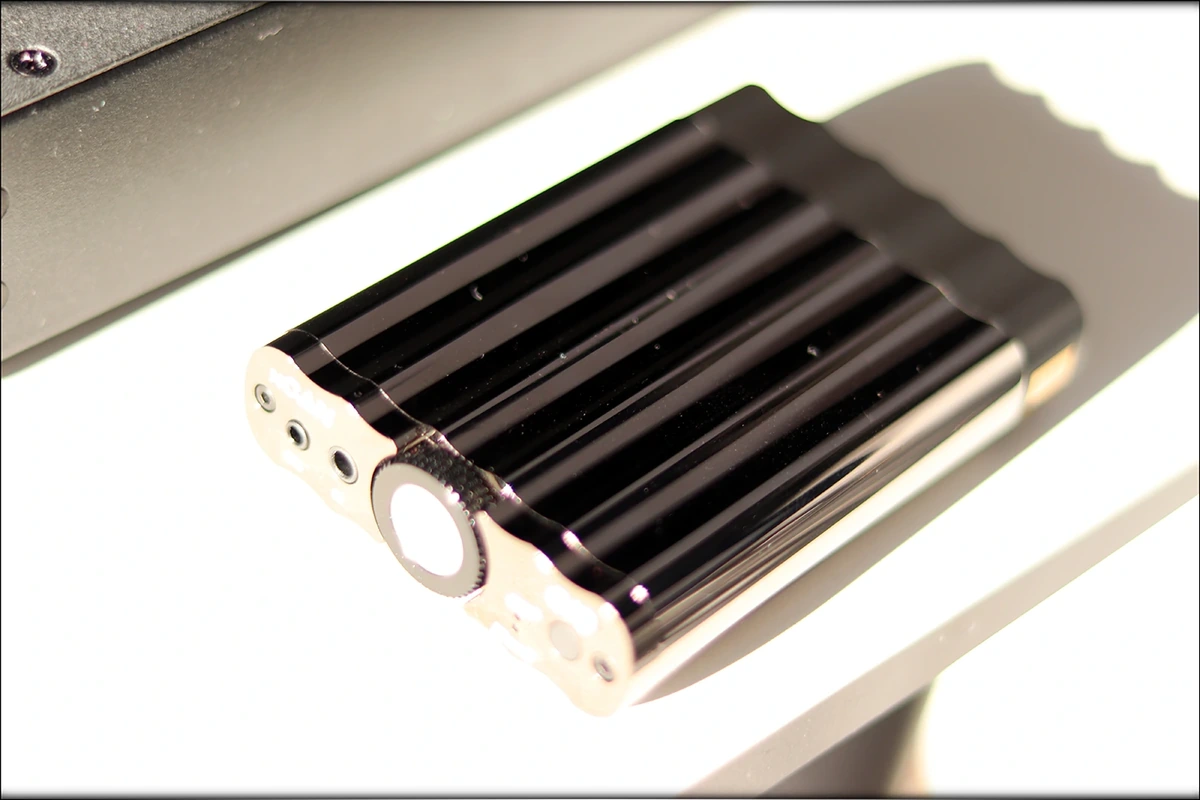
iFi xCan vs FiiO M9 – FiiO M9 is a magical device because it has pretty much everything, including the price point to be a sweet deal. This being said, I think that compared to xCan, the xCan has WAY more driving power, more control and more punch / impact sonically. This is great actually,because you can use M9 as the DAC and strap on xCAN to it, and have a stack there, and take advantage of the best of both worlds.
iFi xCan vs iFi xDSD – I feel like this entire review has been a full on comparison between the xDSD and the xCan, but let’s go over a few things again. The most important differences are that xDSD has a DAC inside and you can feed it a digital signal, the xCAN has both a balanced and unbalanced out, xCAN has way more driving power, and has the newer xBass implementation, where you can choose where the bass adds to. The xDSD is the simpler device to use, with a less intricate transport, but if you have a DAP that already has a good line-out and want just an Amplifier, or if you don’t mind using bluetooth, the xCan is the better choice.
iFi xCan vs xDuoo XD10 Poke – Okay, so DX10 poke is quite a bit less expensive than xCan, but has both a DAC and an AMP in that price, and also a Bass Boost function. So why would you go with xCan? Well, one reason would be power, another reason would be bluetooth, then there’s the fact that XD10 Poke can sound a bit digital-ish, where xCan will be more organic in the midrange and less bright without the bass turned on. There’s also the lower noise floor which is attractive, but if you’re low on cash, I can surely recommend XD10 Poke as easily now as when I initially reviewed it.
Pairing
For the pairing part of this review, I chose Campfire Atlas, Verum One, and Final Audio E5000. Makes me wonder if iFi will be planning on making IEMs or Headphones later on to be honest, but I have not written this in this review, nor do I possess knowledge about such a plan.
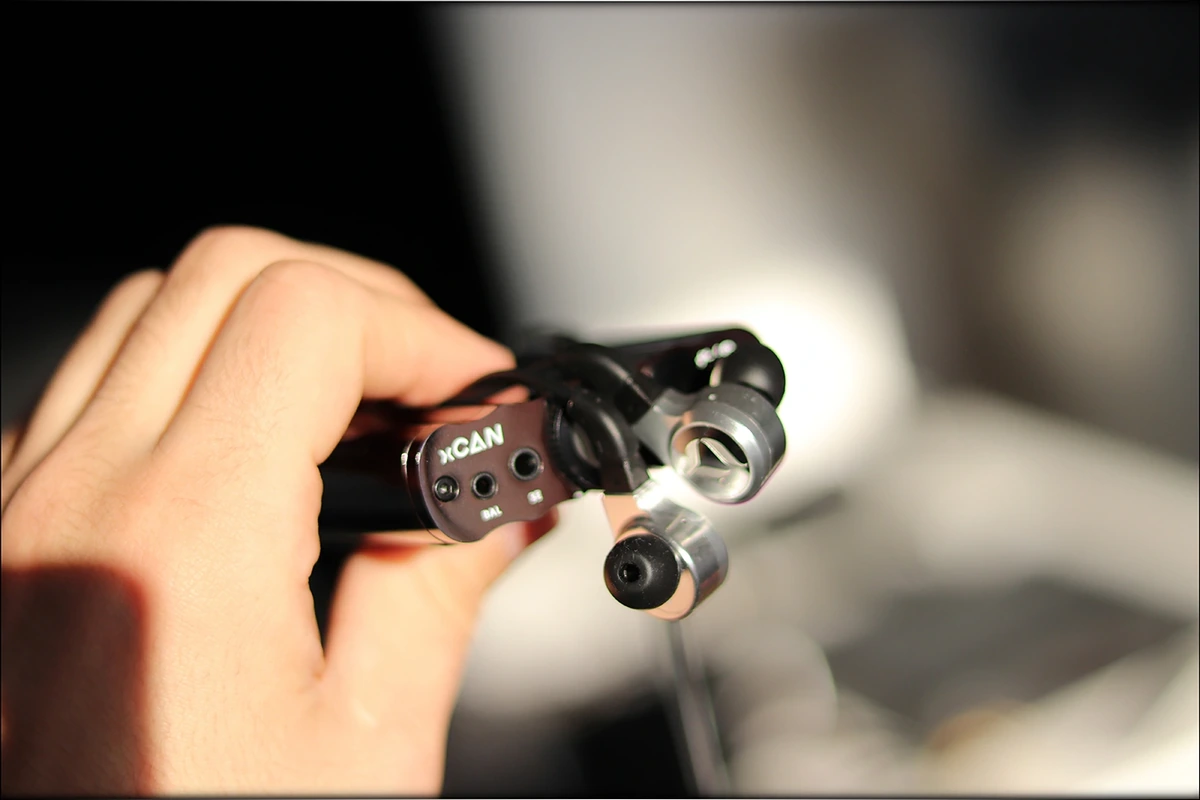
iFi xCan + Campfire Atlas – I can say from the start that all of the pairings are with smooth and dark-ish sounding IEMs / headphones, because I really like that xCan has that 3D feature that can bump some sparkle and life in the top end, and the fun part is that this is not even its forte, but rather the xBass is really well implemented. Even so, I spent a lot more time looking into how to make my darker and smoother stuff sound more lively. With Atlas, this isn’t the case actually, and I like the xCan best at its default state without either the xBass or the 3D features turned on, just its main sound works really well with Atlas, that black background and everything making Atlas sound quite nicely.
iFi xCan + Verum One – With Verum One, I always liked how easy it was to drive, yet how well it scaled with good amplifiers and sources. xCan is no exception, and I feel that they make a great pair together, especially if you want to engage the 3D soundstage feature and give Verum One a bump to sound wider, more open and more sparkly in the top end, where it is quite smooth by default.
iFi xCan + Final E5000 – With E5000, the fact that you have enough power sure is welcome, because the E5000 eats so much power, it is crazy. Furthermore, with E5000, you have the possibility of either giving it even more bass, although I highly doubt you’d want that, but instead you can make it sound more sparkly and even wider and even more open, by engaging the 3D feature.
Value and Conclusion
It has been a lot of fun reviewing the xCan, but what about its value and price? Well, priced at 300 USD, and having a similar performance to xDSD, or rather even better on the amplifier part, and having a Bluetooth module, the xCan surely is a good purchase, good value and overall can’t complain one bit about its value.
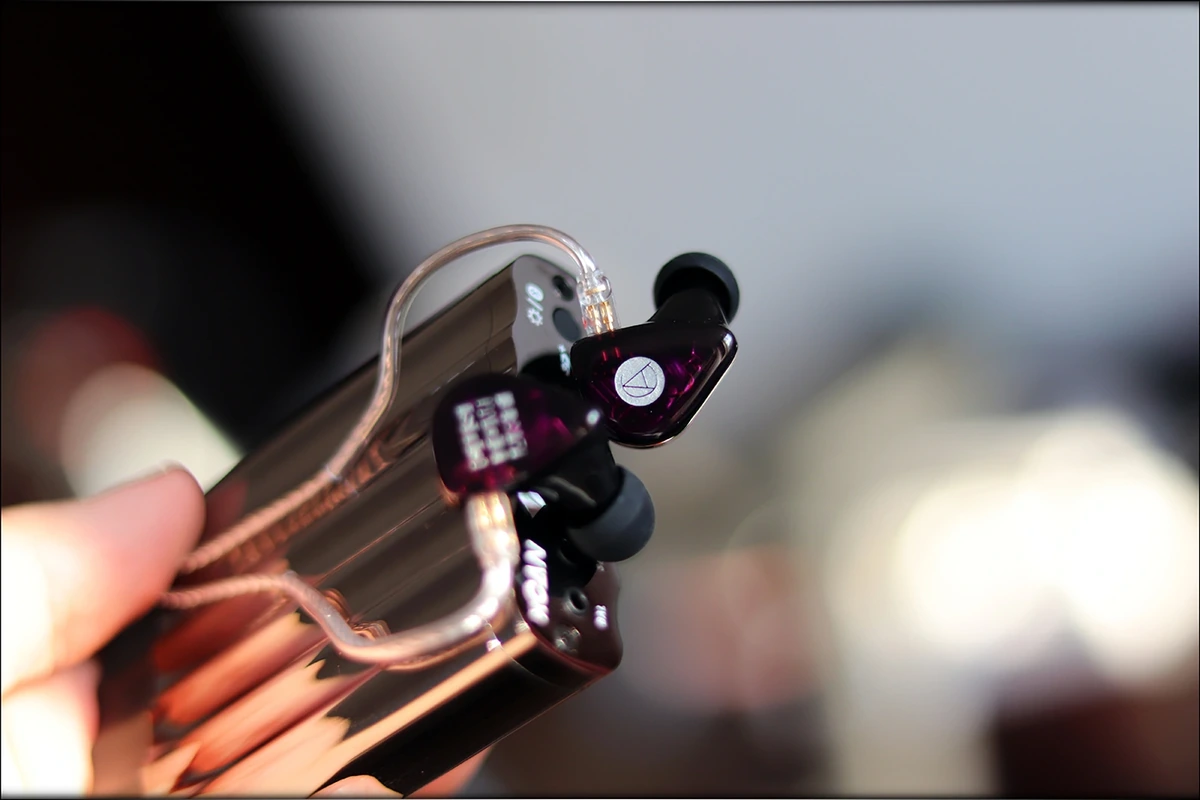
The build quality is pretty great, as long as you don’t mind a few smudges and fingerprints. Furthermore, there is a new x-Bass which is even more customizable than the first, making the xCan even more versatile than the xDSD, sonically, and the 3D soundstage feature is as helpful as always. The only thing that’s missing is a DAC and a digital input, but you have Bluetooth if you want to go that way, and the xCan has balanced inputs and balanced outputs, making it pretty darn great.
The sound is iFi’s magical touch, with a pretty neutral-ish approach, an organic midrange, clear and punchy bass, sparkly top end, and with the x-Bass 2 and the 3D+ features, you can customise it to your liking as much as you want.
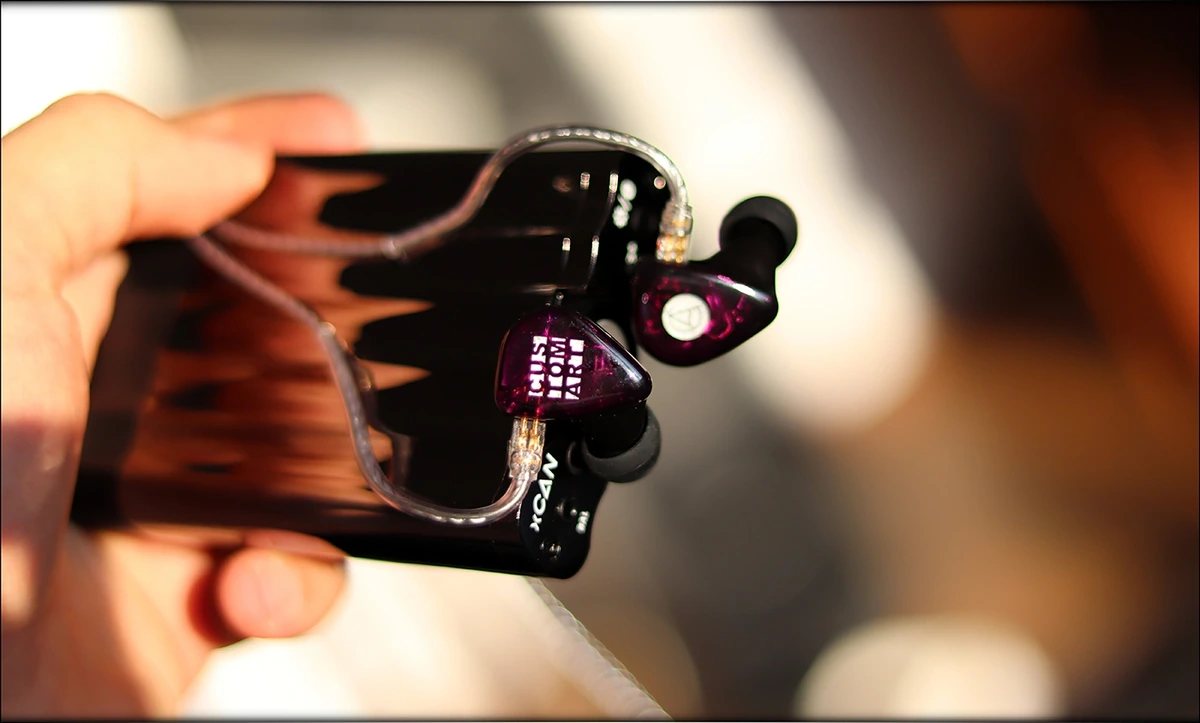
At the end of this review, if you’re looking for a pretty versatile amplifier, that you can use as a desktop unit, and as a portable one as well, one that has Bluetooth and well-implemented analogue effects, like the x-Bass II and the 3D soundstage feature, and which has a fairly good battery life, good driving power, and both a Single Ended input and output, you should totally check out iFi’s xCan Amplifier!
Product Link
You can always get your iFi xDSD from www.amazon.com here: https://www.amazon.com/Portable-Headphone-Amplifier-Bluetooth-Connectors/dp/B07FTFZ8WF/
--- Please remember to stay safe, and always have fun while listening to music!---
- If you have a dime to spare, please donate, and help us! It would make the day brighter for me and my wife-
Full Playlist used for this review
We listened to more songs than those named in this playlist, but those are excellent for identifying a sonic signature. I recommend trying most of the songs from this playlist, especially if you’re searching for new music! The playlists are different for Spotify, Tidal and Youtube, and based on the songs I enjoy and are available on each!
https://www.youtube.com/playlist?list=PL_cjBXGmwSHSdGcwuc_bKbBDGHL4QvYBu
https://open.spotify.com/playlist/5J3oloz8Riy9LxEGenOjQ0?si=979ba4f082414be7
https://tidal.com/browse/playlist/330fd544-8e5b-4839-bd35-676b2edbb3d5
--- Contact Us ---





